While the .470 NE sits as comfortably in the breech of a Purdey as it does in a Joseph Lang (the first company to market it) and a .375 H&H Magnum is as desirable with Rigby on the rib as it is with Holland & Holland, some chamberings are now rarely produced by firms other than the one most associated with it.
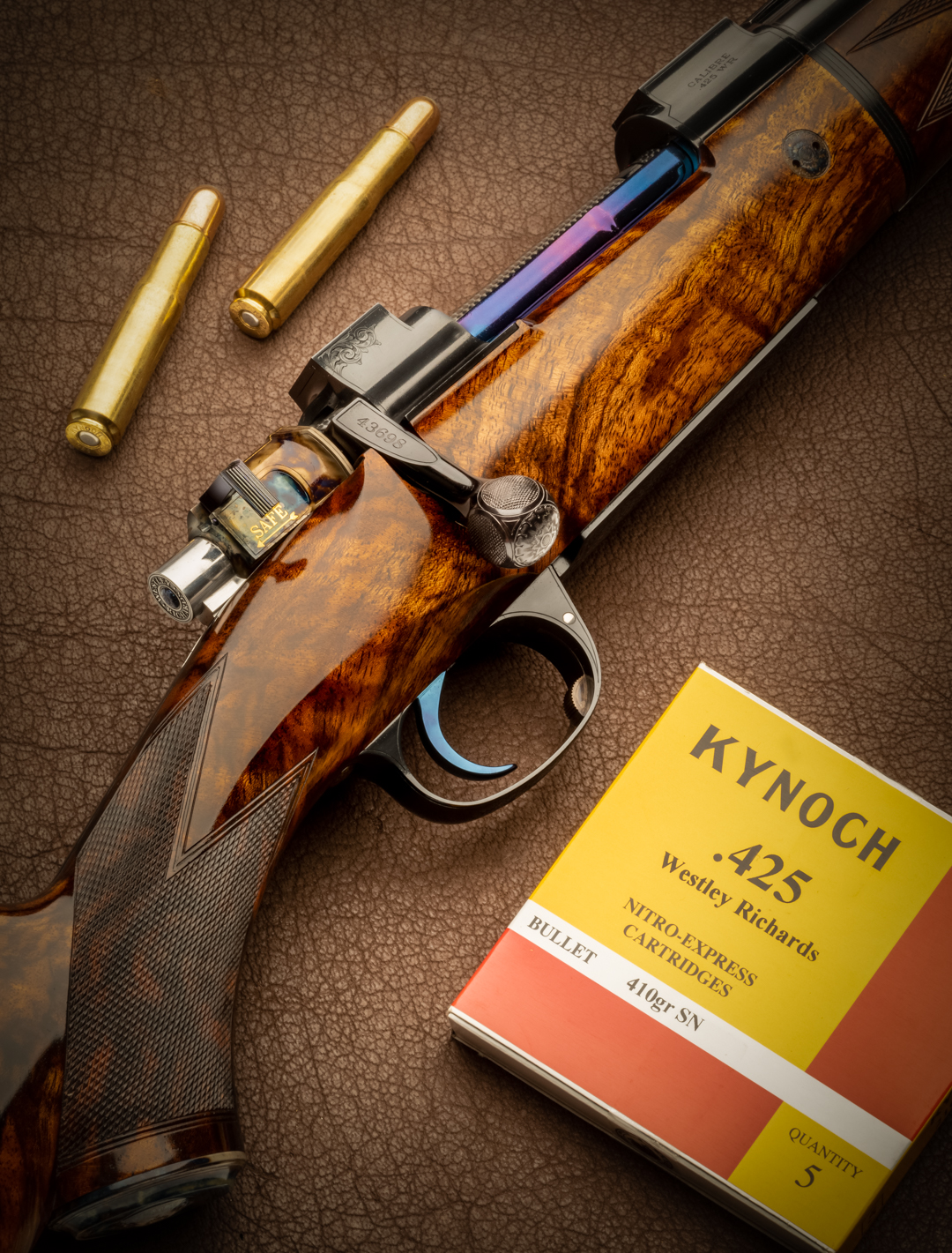
Rigby does very well selling .275 and .416 rifles and I doubt anyone else is making rifles chambered for the .416 (No.2) or the .350 Rigby. Likewise, the .425 Westley Richards has largely disappeared from the price lists of most rifle makers and ammunition suppliers.
However, here at Westley Richards, we are commissioned to make at least one or two rifles every year chambered for this most useful, accurate, hard-hitting cartridge (we currently have four in production). For the aficionado, the .425 epitomizes the classic Westley Richards rifle of the pre-war era and it is no less effective in 2022 than it was in 1922.
Our inventive former Managing Director, Leslie B. Taylor (1863-1930) designed the .425 WR in 1909 as a big-game-killer that could be used in a standard-length Mauser-action magazine rifle and reloaded with a Mauser stripper-clip, the largest of which was designed for the 8x57 cartridge.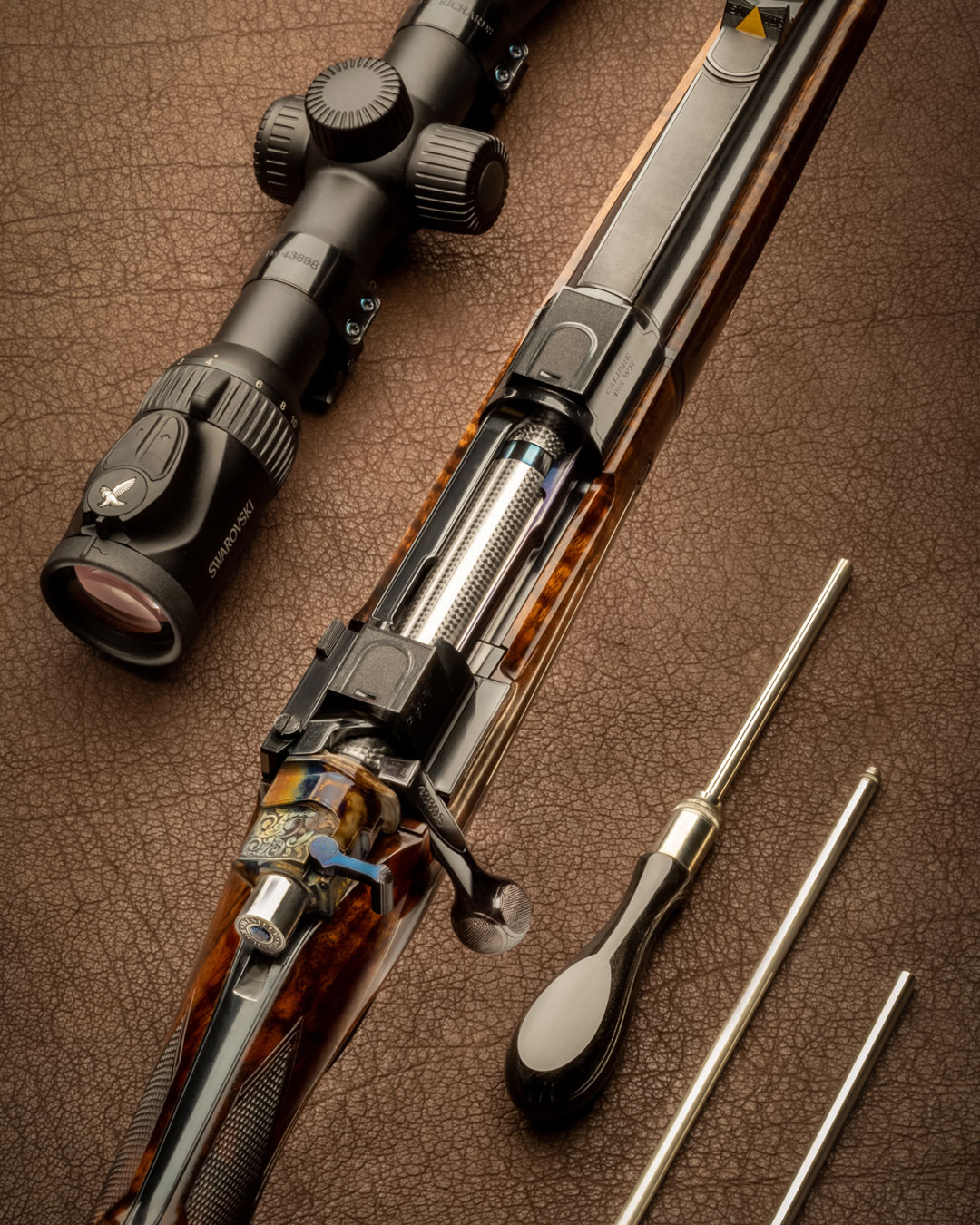
The result was a case with a rim the same size as the 8x57 but with a width far in excess of it, modelled on the .404 Jeffery, with its more powerful payload. The bullet is a 410-grain soft or solid of .435” diameter and the original specifications (65 grains Cordite) delivered it at 2,350 fps, making it a fraction more powerful than either the .404 Jeffery or the .416 Rigby.
It has long been claimed by some writers that the .425 WR was conceived with a single-stack magazine, with one round placed directly under the other, rather than adopting the familiar staggered-feed of Mauser 98-action rifles.
Discussing this 'single-stack magazine' concept with the gunmakers at Westley Richards, not one recalled ever having seen an example of a rifle with one fitted. Every vintage example of the .425 WR in the vault here (we have four) has the conventional staggered-feed magazine.
To set the record straight, we are confident in stating that no such ‘straight feed magazine’ ever existed as a feature of rifles built for the .425 Westley Richards. It may be that the writers of these articles, looking at old catalogue illustrations, with five cartridges shown, held as a straight stack in a stripper clip, mistakenly assumed they loaded into the magazine that way. They don't.
To ensure the rebated-rim cartridge channels correctly, as it is fed from the magazine, Leslie Taylor incorporated (spring-loaded) twin guides either side of the action. This distinctive feature of the .425 Westley Richards was a clever solution to the issue of making an unconventional cartridge feed reliably.
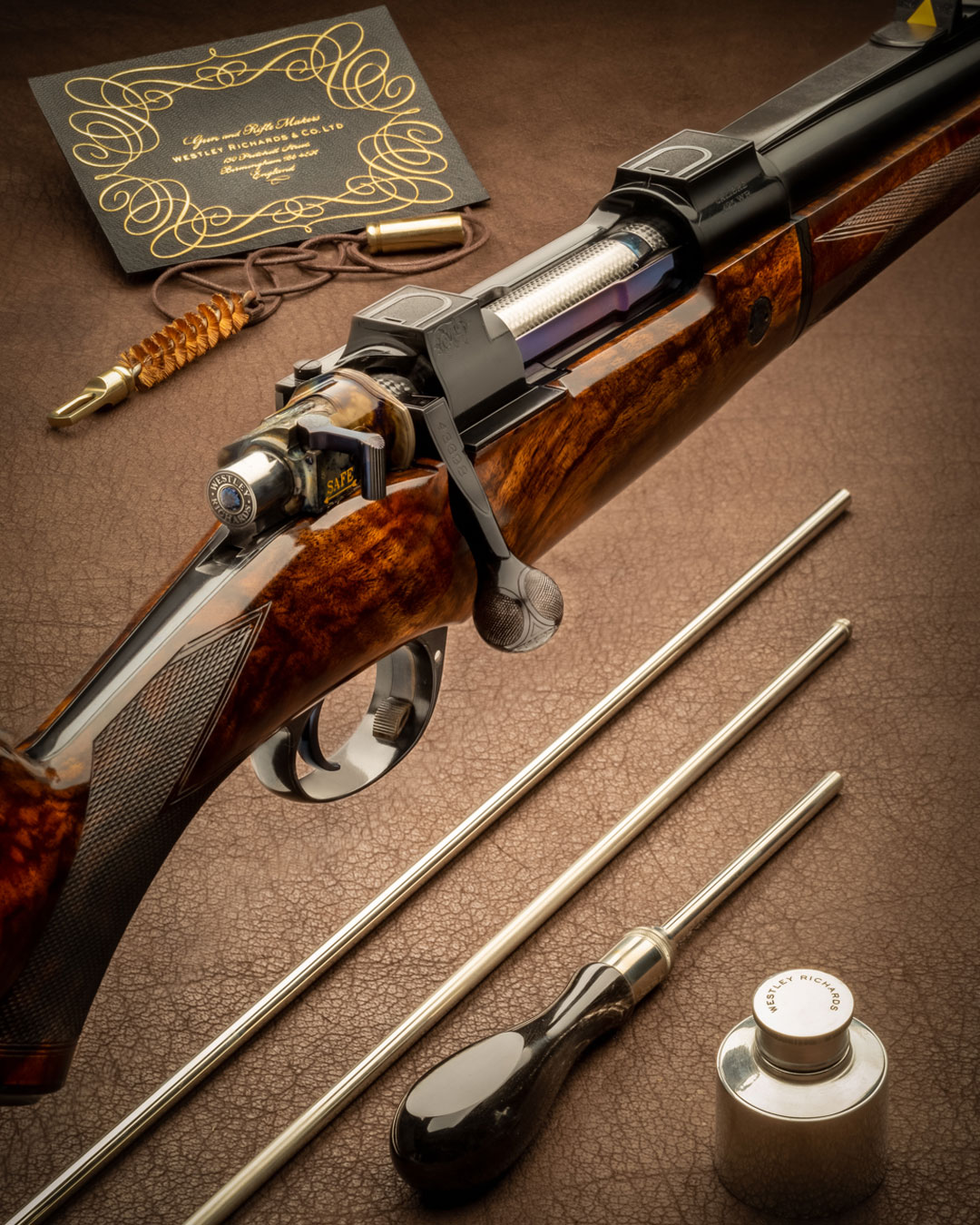
These guides can be seen when viewed from above. They edge inwards under spring action, to stop the cartridge slipping clear as it travels upwards. When the bolt is pushed forward, the guides are forced out of the way, where they sit until needed to guide the next cartridge. Not all .425 WR rifles had this pair of guides fitted but the better quality ones certainly did.
Experience showed the .425 WR (and the rifles built to shoot it) to be very capable. The fast-reloading of the five-round magazine by means of stripper-clip was a boon to high-volume culling operators in British colonies and the combination proved to deliver relatively soft recoil, as well as boasting excellent accuracy and knock-down power.
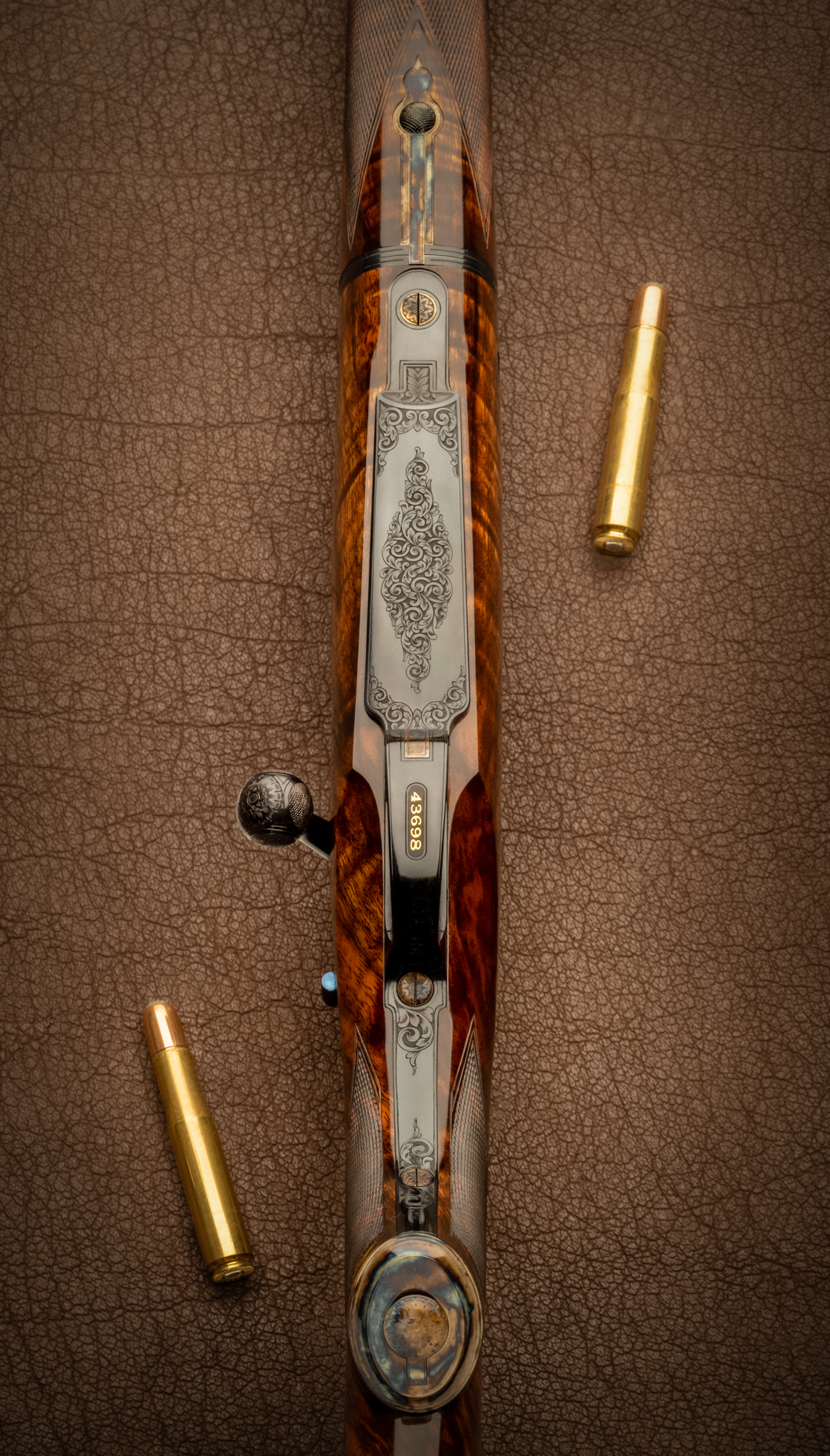
Our latest, best-quality, .425 WR is a variation on the original theme and a thoroughly modern classic. The customer, who will hunt with this rifle so we expect it to work for a living, asked that we make it with a flush-fitting magazine, rather than the more familiar extended box. This was available as an option in old catalogues but the big-box, five-shot magazine model is far more common.
To create a flush fit magazine, capacity is reduced from five cartridges to three (plus one in the chamber). It does, of course, have the distinctive guides to ensure perfect feed.
As a take-down model, we incorporated our screw-thread linkage and our latest push-button catch, styled to resemble the Deeley & Edge catch on our double guns and rifles, though actually working in reverse, the button being raised to be pressed downward, rather than indented to be lifted upward.
With case colours applied only to the bolt back, grip cap, the finely engraved screw-heads and the release catch, the metalwork is otherwise beautifully traditional, the lustrous deep blacking contrasting well with the honey colours, dark stripes and swirls within the walnut of the stock.
Gold highlights catch the eye; notably on the 'SAFE', the ramp and leaf sights, regulated to 50, 100 and 200 yards, but also denoting the serial number on the guard.
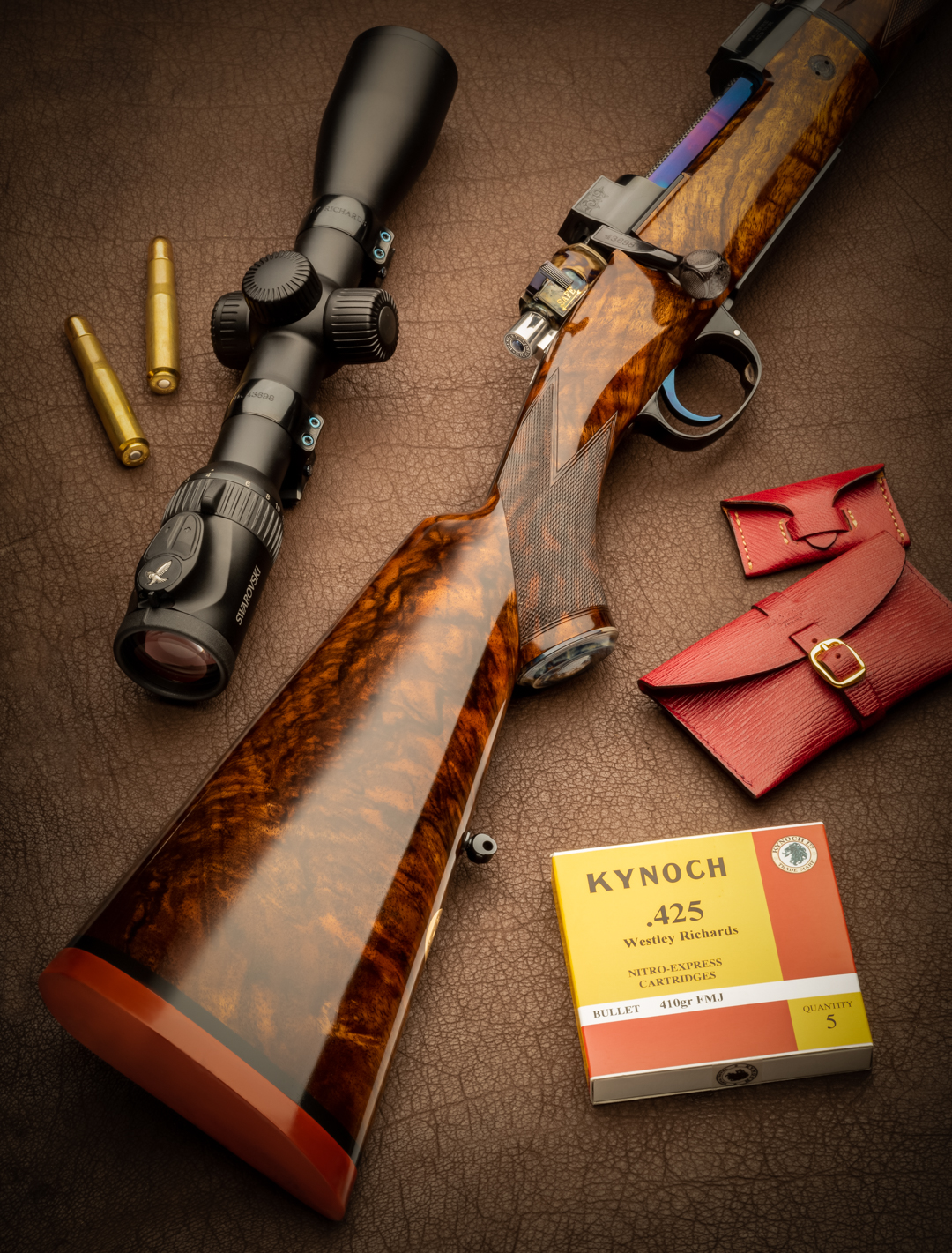
The .425 ‘s legendary accuracy is achieved through its distinctive bore, with eight-groove rifling and a slow turn-rate of one-in sixteen. This stabilizes the 410-grain bullet beautifully. This winning formula remains unaltered from the early rifles.
The double square bridge is stippled on top to reduce glare and the butt is finished with a slim rubber pad with spacer. All these elements are purely to enhance practical performance and stem from long experience supplying hunters with rifles, leaving nothing to chance.
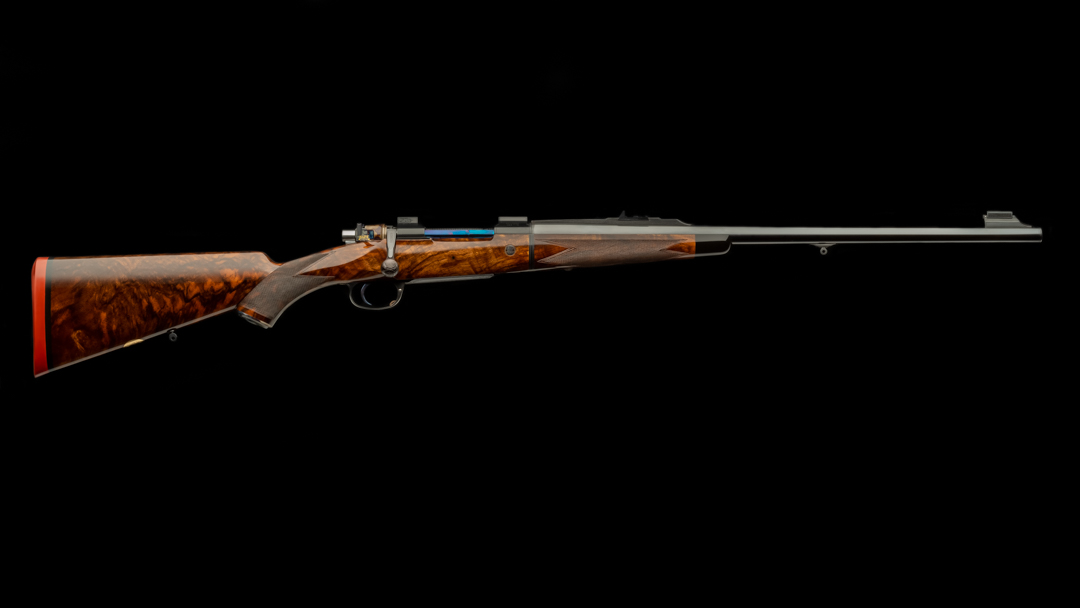
The profile of the rifle is as beguiling as its details, after all, the whole must be more than the sum of the parts. Note how the sweeping angles from the ramp foresight, the pistol-grip fall, the angle of the grip cap and the comb, as well as the slope from grip cap to toe all impart a poised stance to the rifle, all points leading forward to the muzzle, practically willing the bullet forwards and guiding the hand and eye towards the quarry.
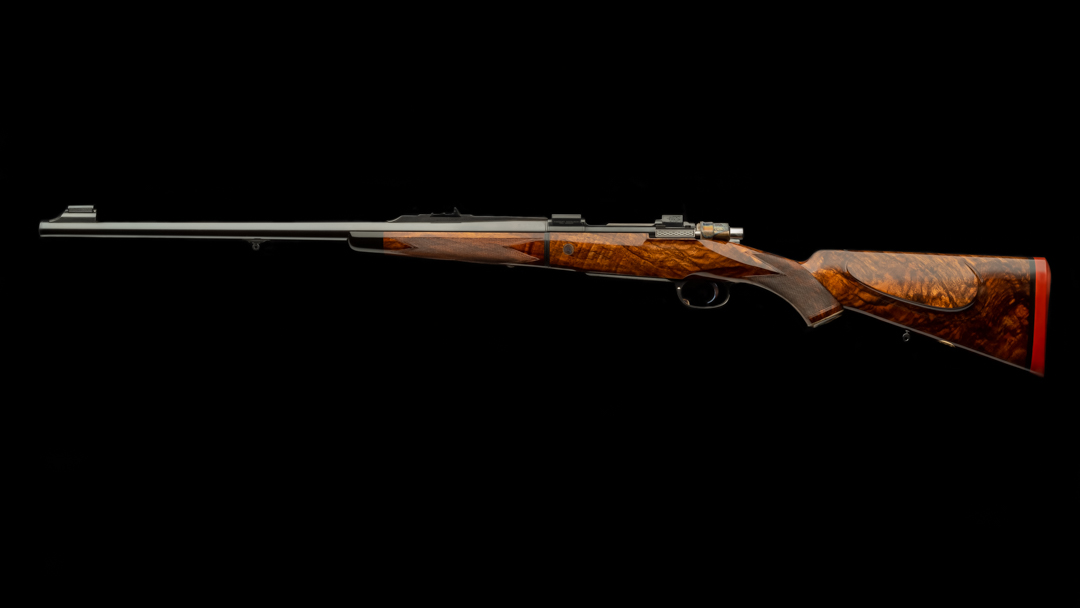
It is gratifying to observe the on-going popularity of the .425 WR with our customers. It is a truly distinctive Westley Richards product, which not only looks unlike any other rifle in current production, but bows to no other cartridge in its class when doing its job.
Whether for the discerning collector or the avid sportsman, Westley Richards firearms represent the epitome of excellence in the world of bespoke gunmaking. Known for the droplock shotgun, over and under shotgun, double barrel rifle and bolt action rifle, the company has achieved an illustrious 200 year history of innovation, craftmanship and artistry. As part of our best gun build, clients can choose from three levels of gun engraving: the house scroll; signature game scenes; and exhibition grade masterpieces. All Westley Richards sporting arms are built at their factory in Birmingham, England. Discover more about the gunmaking journey at our custom rifles and bespoke guns pages.












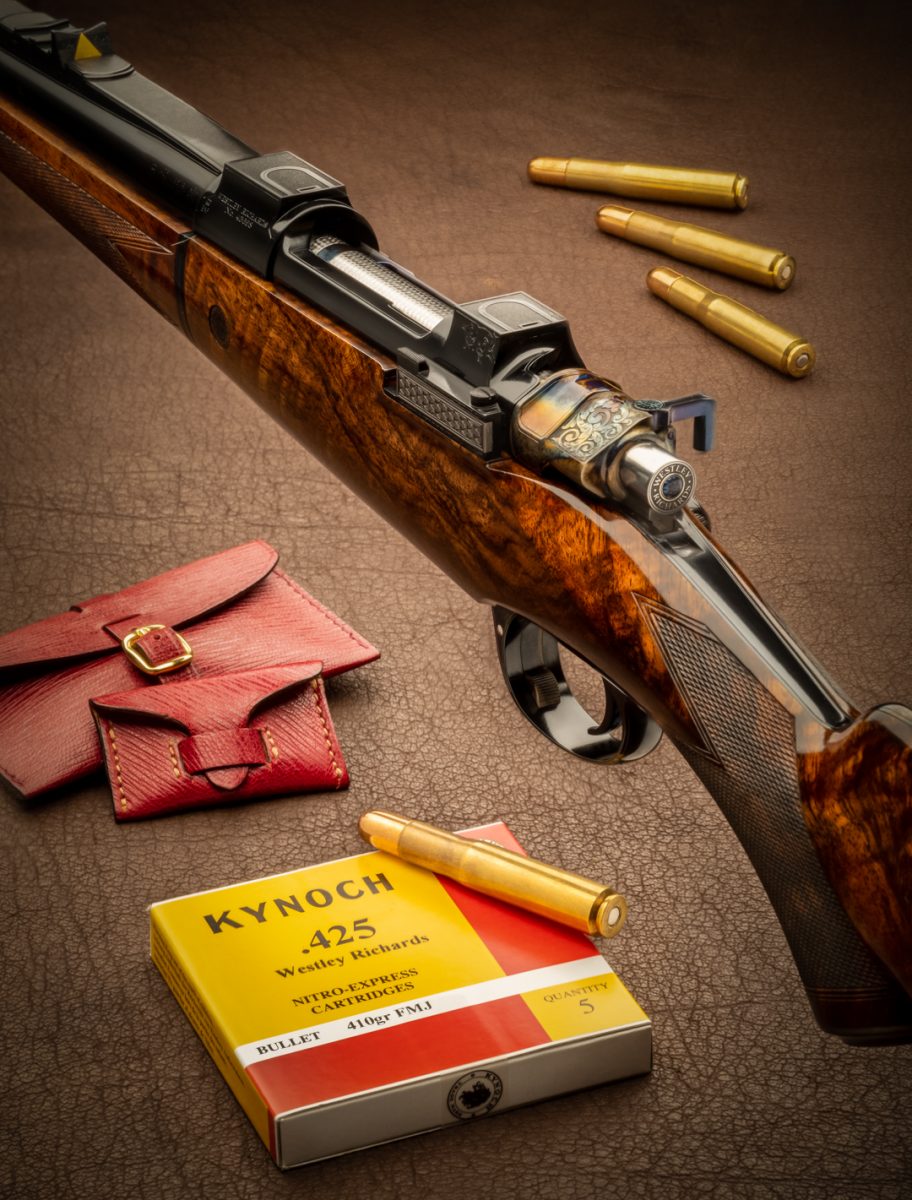
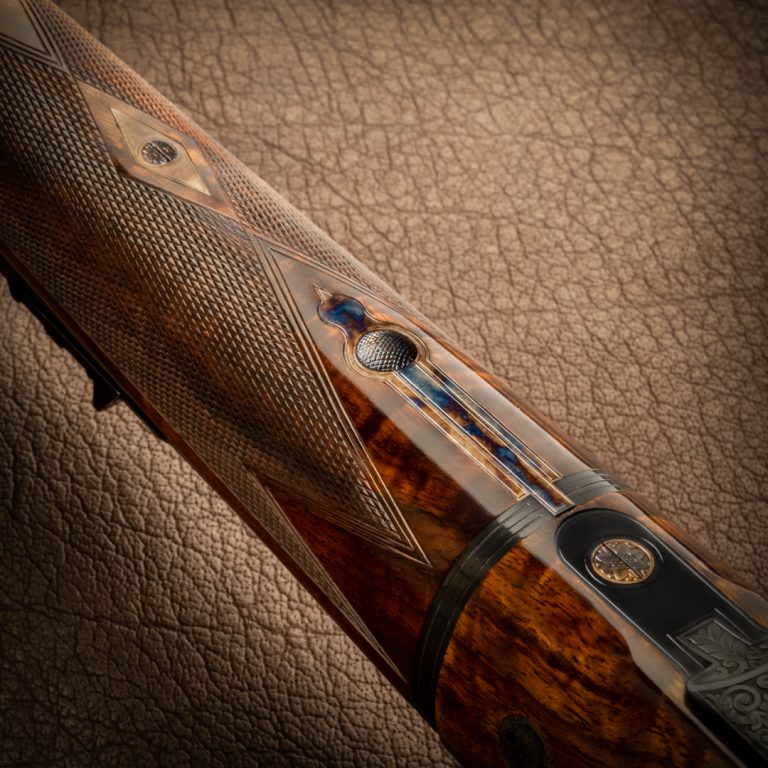
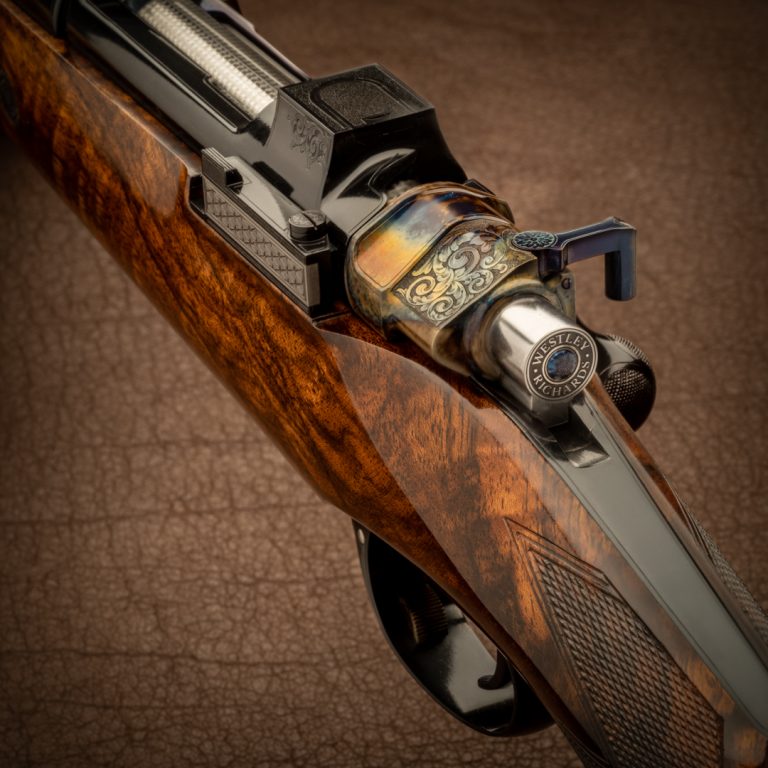
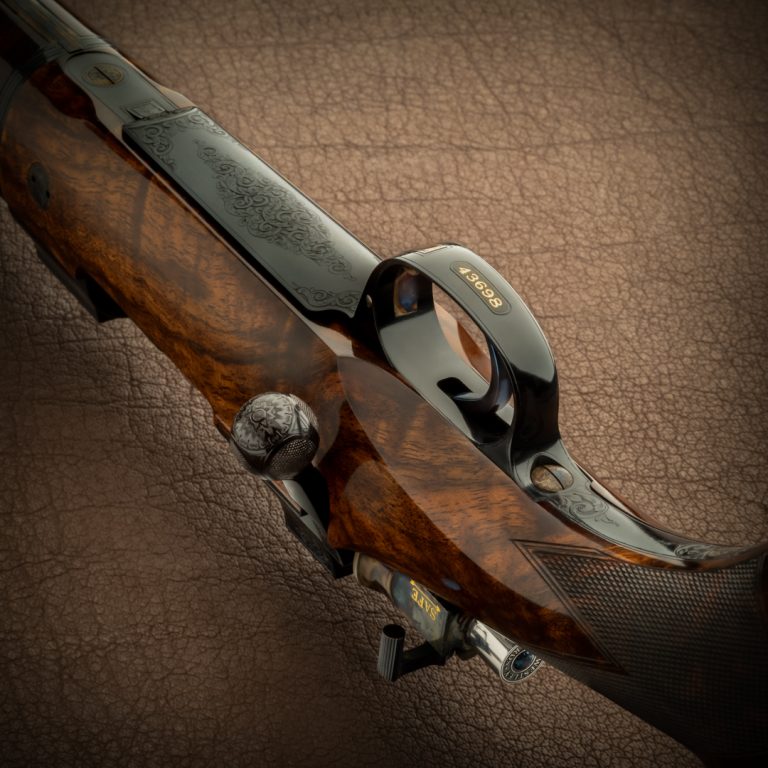
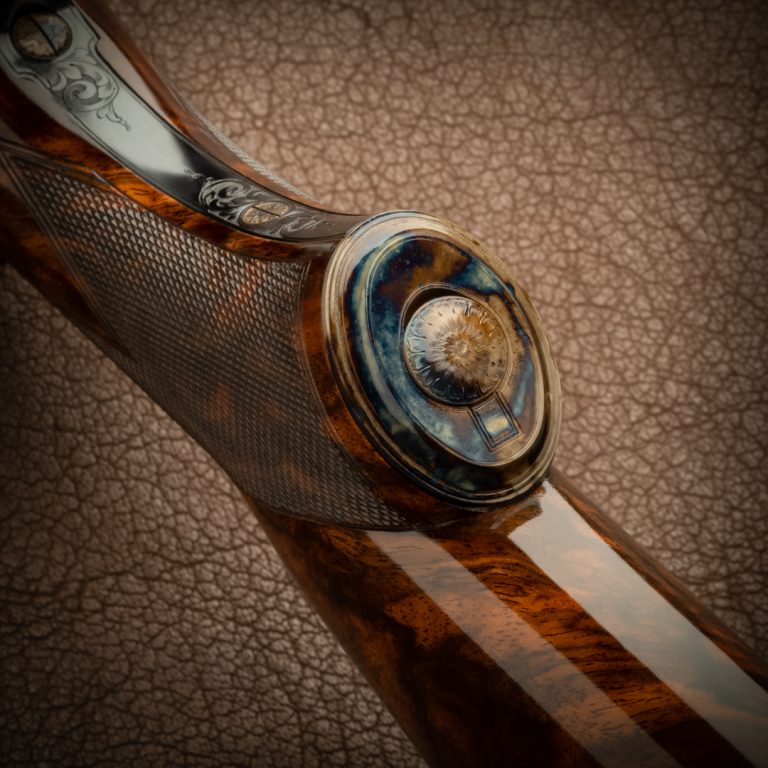

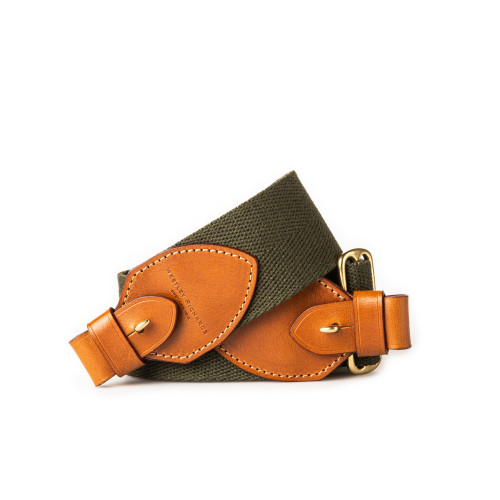
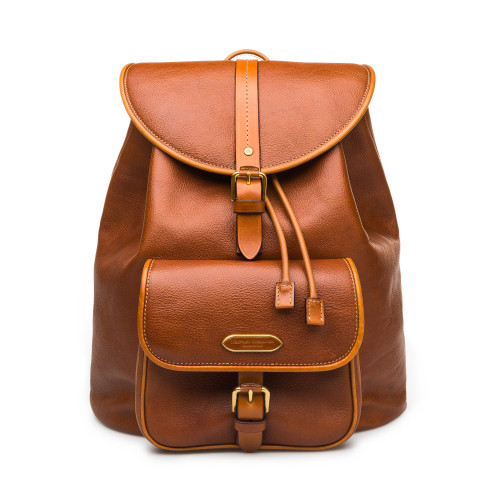
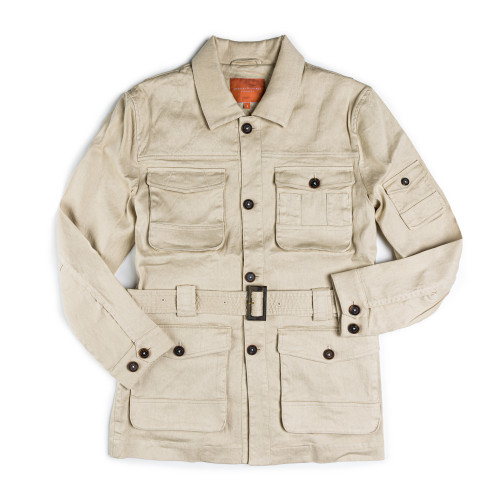
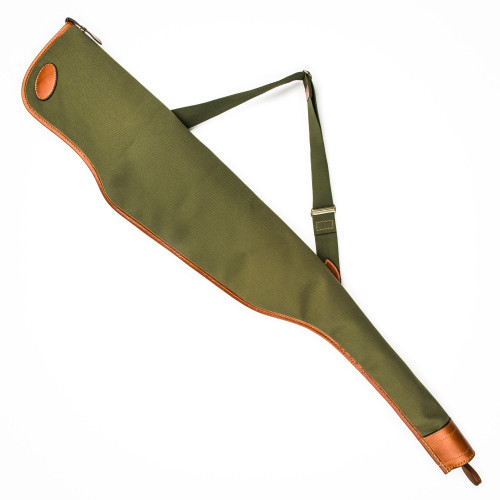

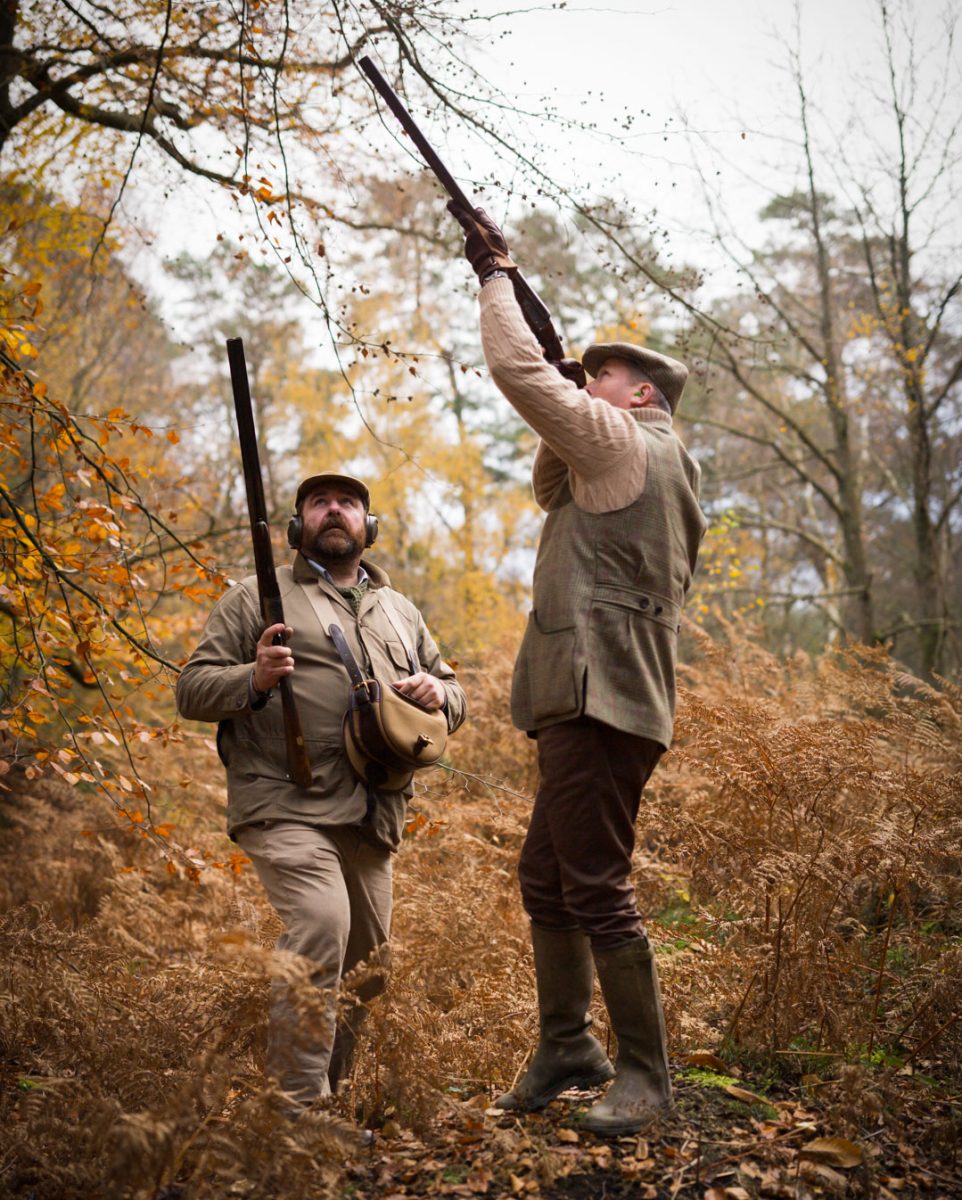



FCotterill on September 30, 2022 at 6:29 am
Thank you for the interesting context to the feeder guides and the use of the Mauser clips. It is important to correct historical misconceptions.